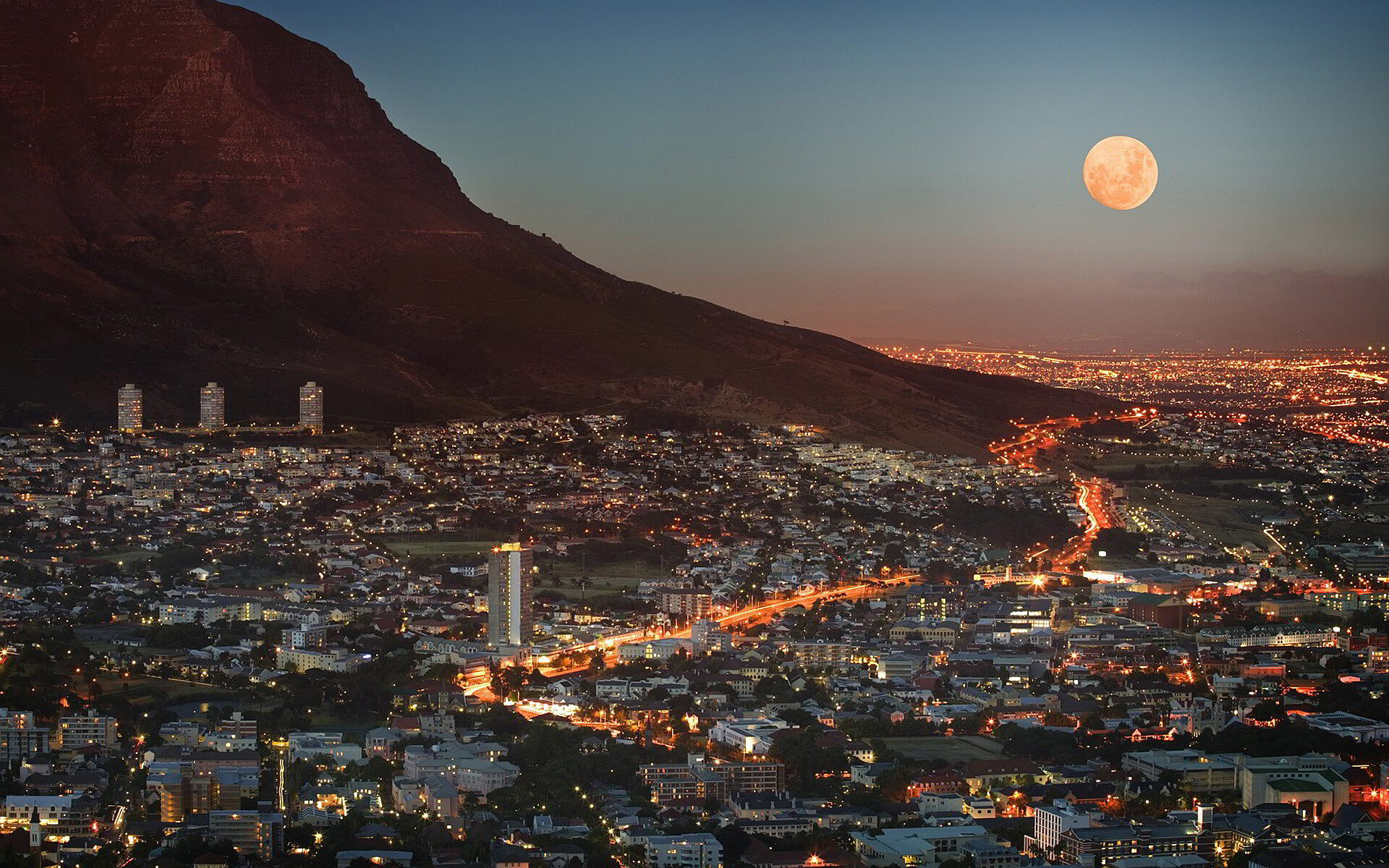Colorful Cape Town is one of the most multi-racial cities in the world. The city sits on South Africa’s Cape Peninsula, where the waters of the Atlantic and Indian Oceans converge, and spectacular mountains tumble towards the sea.
For centuries, the Cape of Good Hope was synonymous with danger, as European ships bravely rounded the perilous waters on route to the riches of Asia.
To resupply those passing ships, the Dutch created a tiny outpost in 1652, a settlement that would blossom into one of the most beautiful cities, in one of the most breathtaking settings on earth. For decades, Cape Town has been buffeted too, by the cross-winds of social upheaval. But just like those early ships, Cape Town had endured some of history’s most turbulent waters and set course to an optimistic future.
This is a city that despite its challenges, shines as an example of hope, not only to South Africa but to the world.
The City Bowl
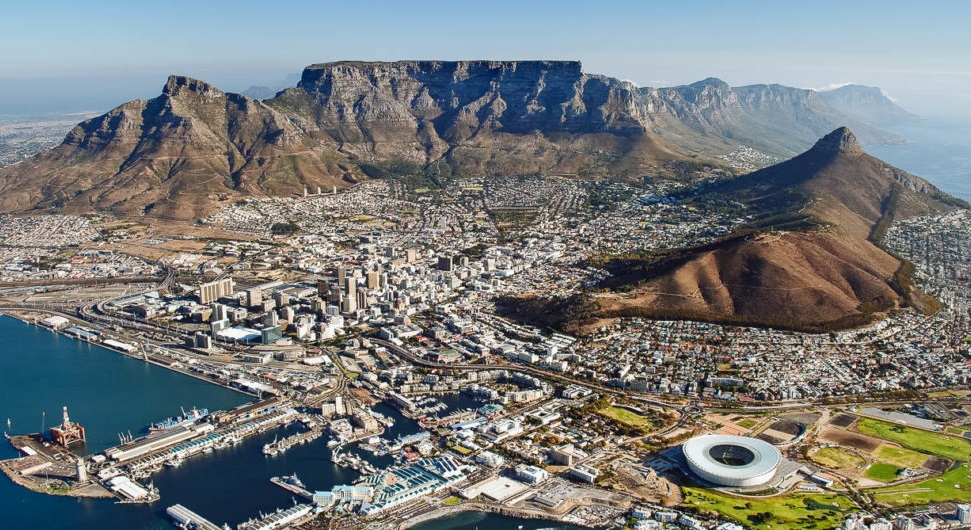
Cape Town’s central area is situated in the City Bowl. This amphitheater-shaped area begins at the edge of Table Bay and is backed by the iconic two-mile long plateau of Table Mountain.
The Castle of Good Hope
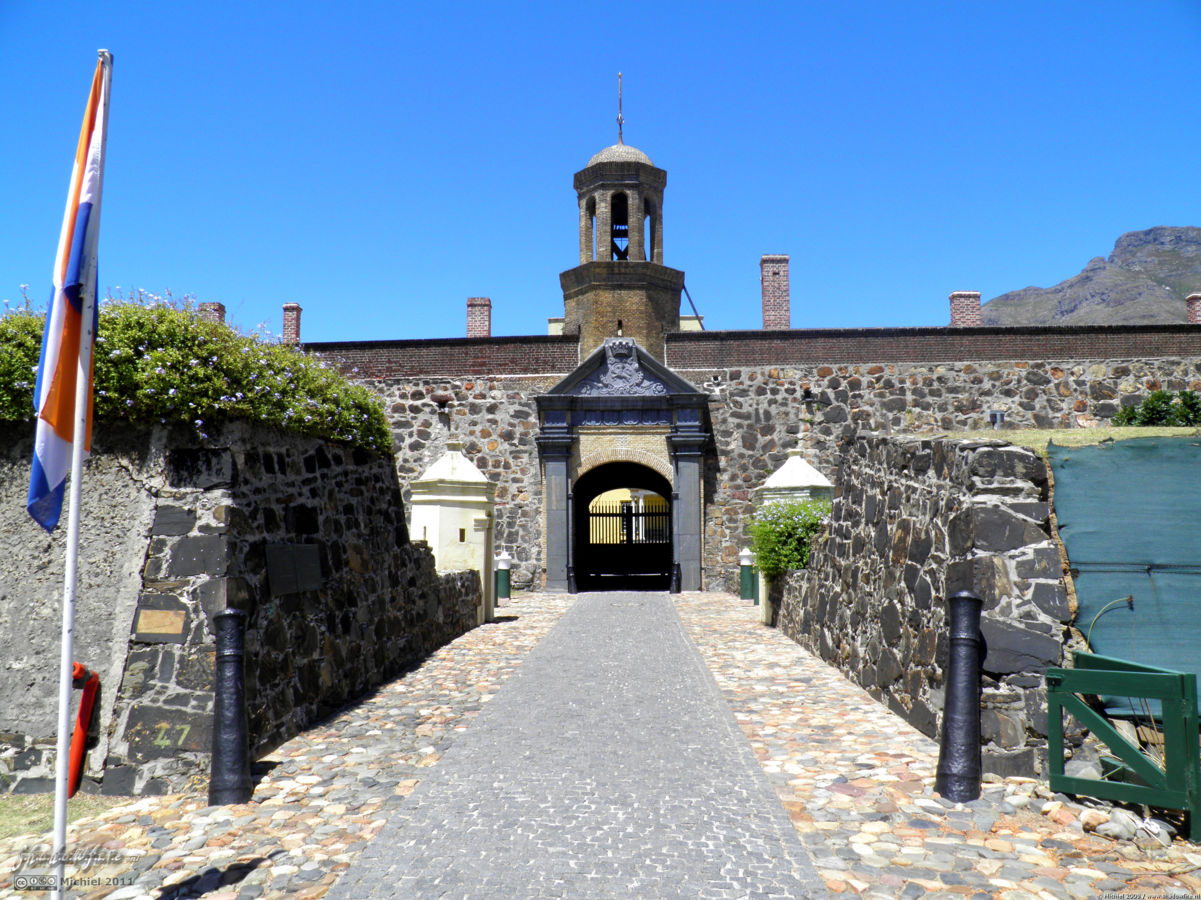
Near the bowl’s center, you’ll find The Castle of Good Hope. This Dutch East India fort was the center point from which the city grew.
Company’s Garden
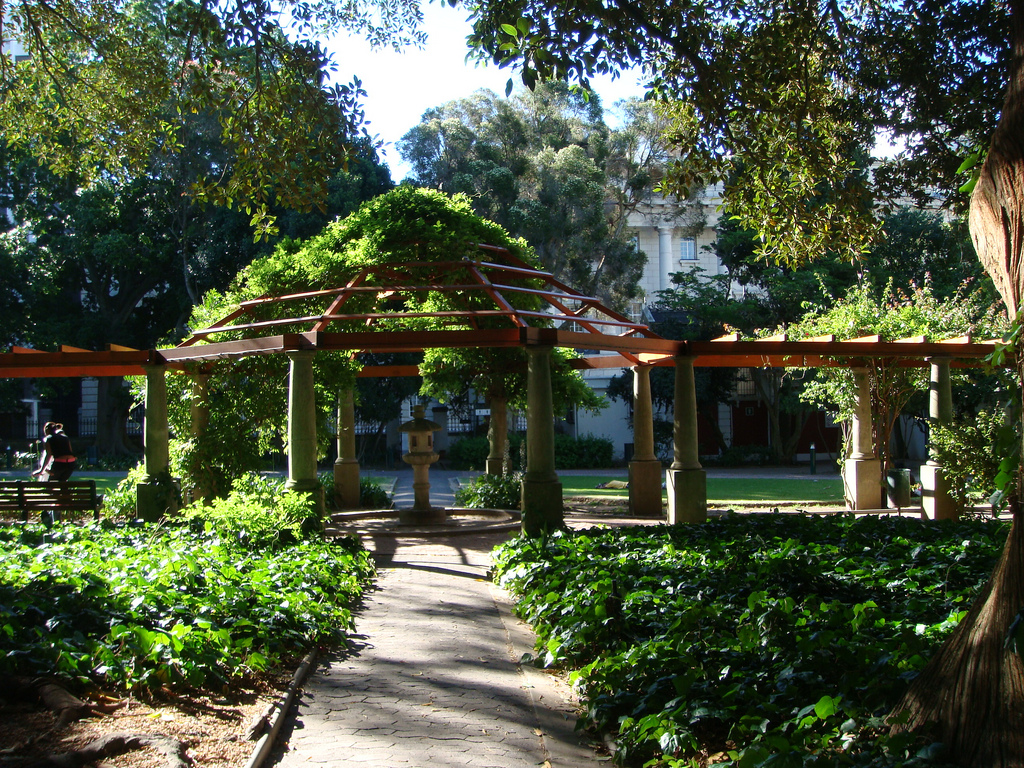
Nearby, visit Company’s Garden, whose rich soils were cultivated to provide fresh produce for those early merchant ships.
The Parliament Building and the National Library
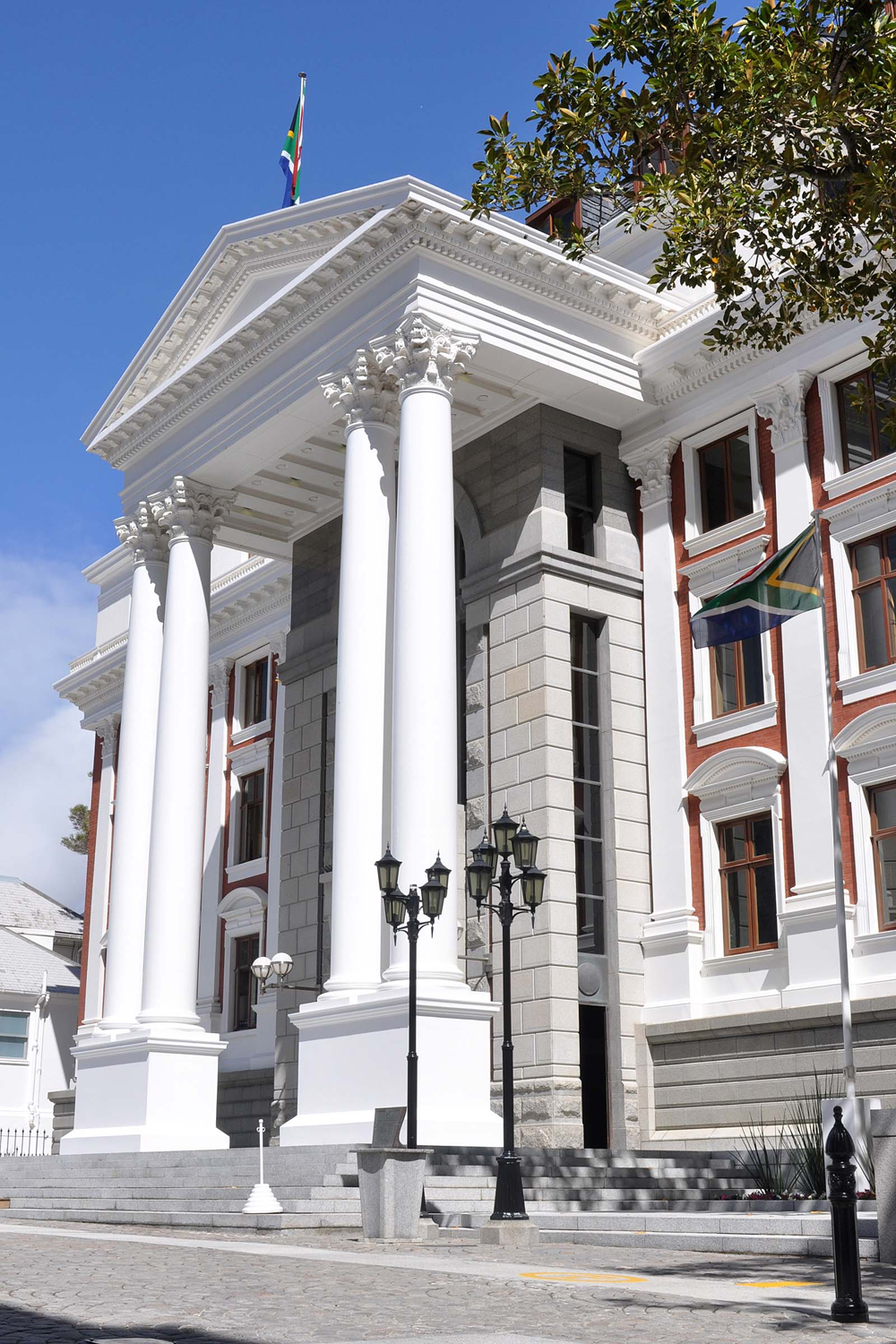
All around the gardens, some of the city’s most important institutions sprang up, such as the Parliament Building, and the National Library.
The South African Museum and Planetarium
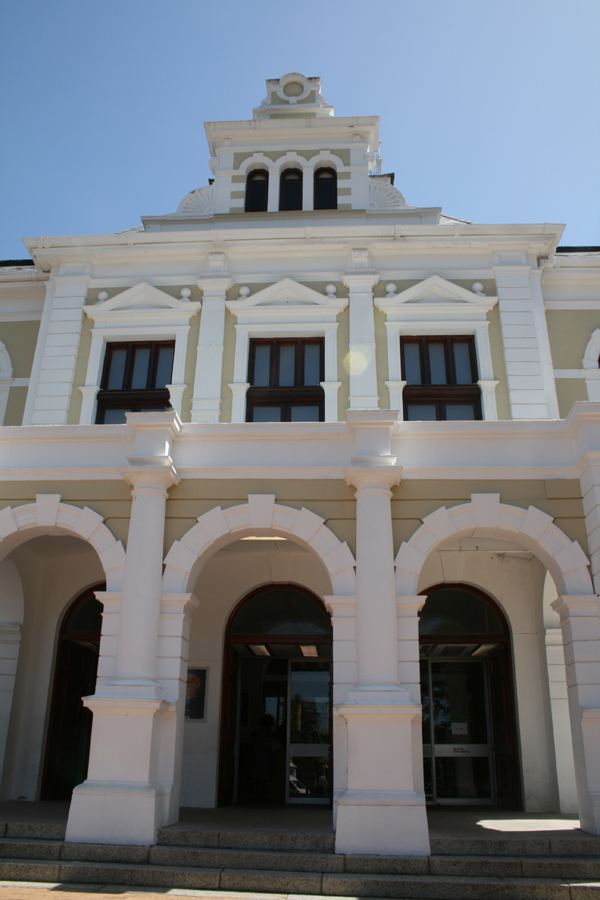
On the park’s southern end, in the South African Museum and Planetarium, experience the wonders of Africa, from the power of pre-colonial rock art to the giants of The Cape’s natural world.
The National Gallery

While just a few steps away, centuries of creativity are on full display at the National Gallery.
South African Jewish Museum
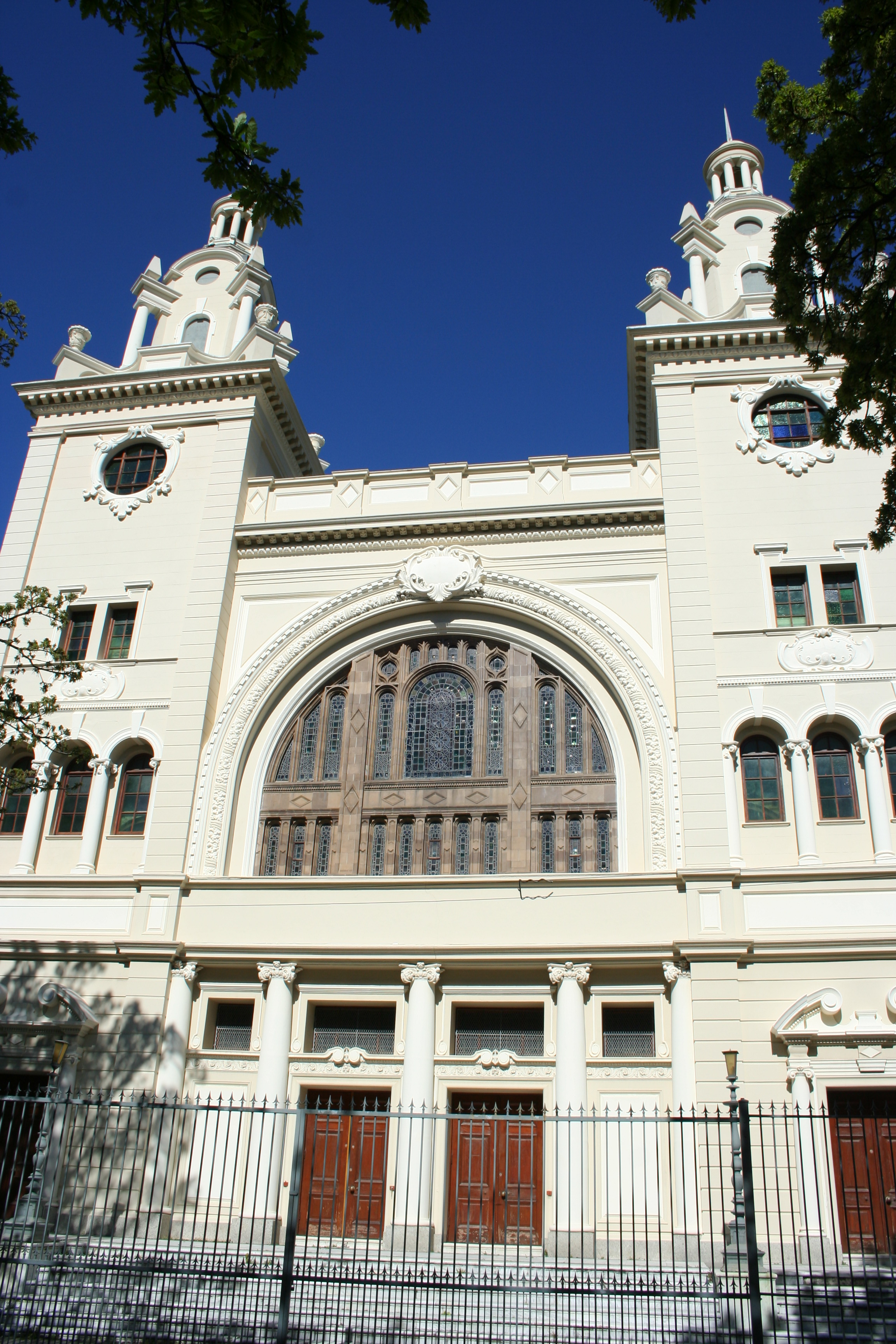
Fusing both contemporary and old-world architecture, the nearby South African Jewish Museum stands as a tribute to a community that has done much to shape the country.
The District Six Museum
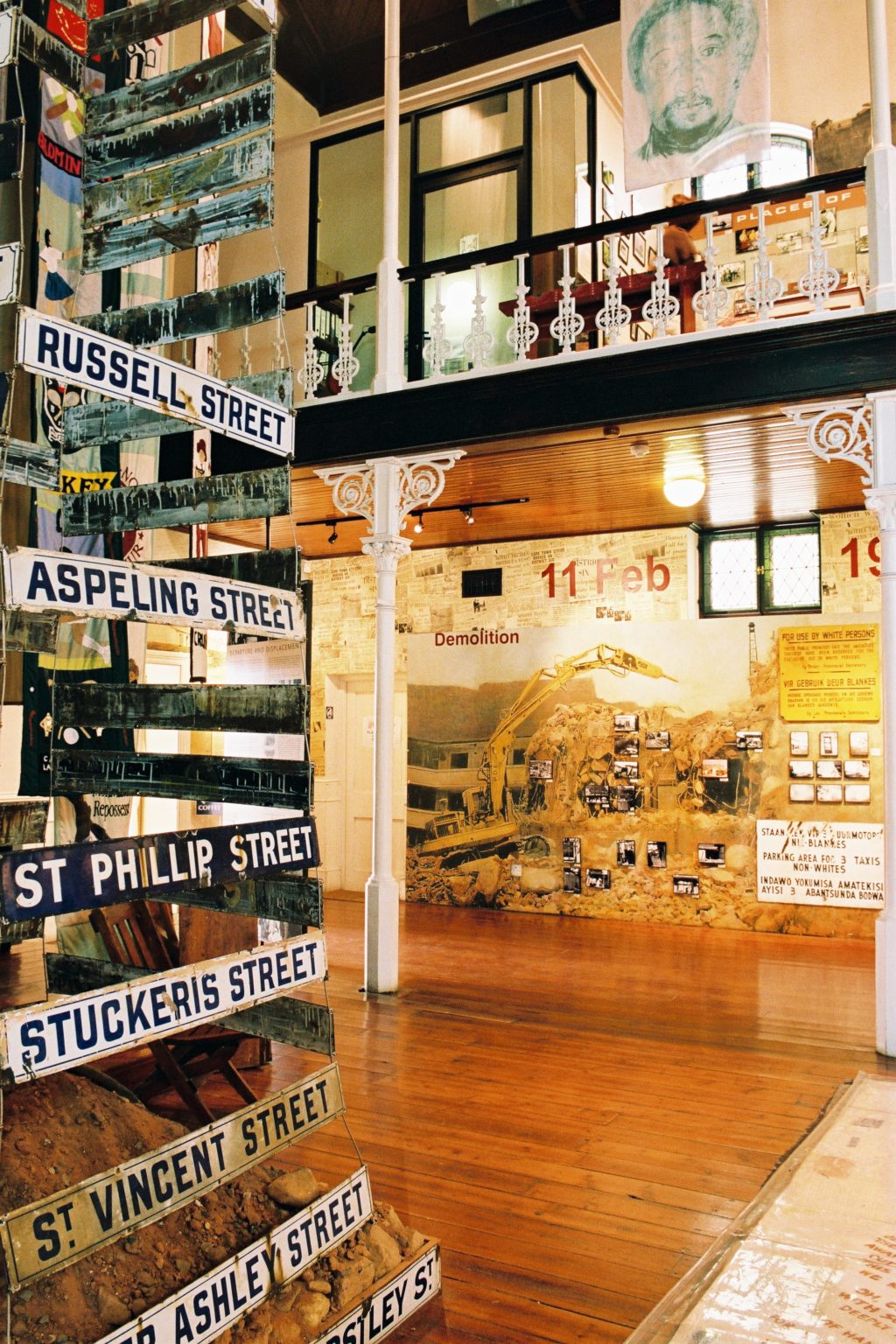
Just a few blocks away, don’t miss the District Six Museum. This museum and cultural center give voice to the 60,000 non-white residents who were forcibly removed from the city and saw their vibrant multi-racial neighborhood flattened during the darkest days of the Apartheid Era.
Bo-Kaap
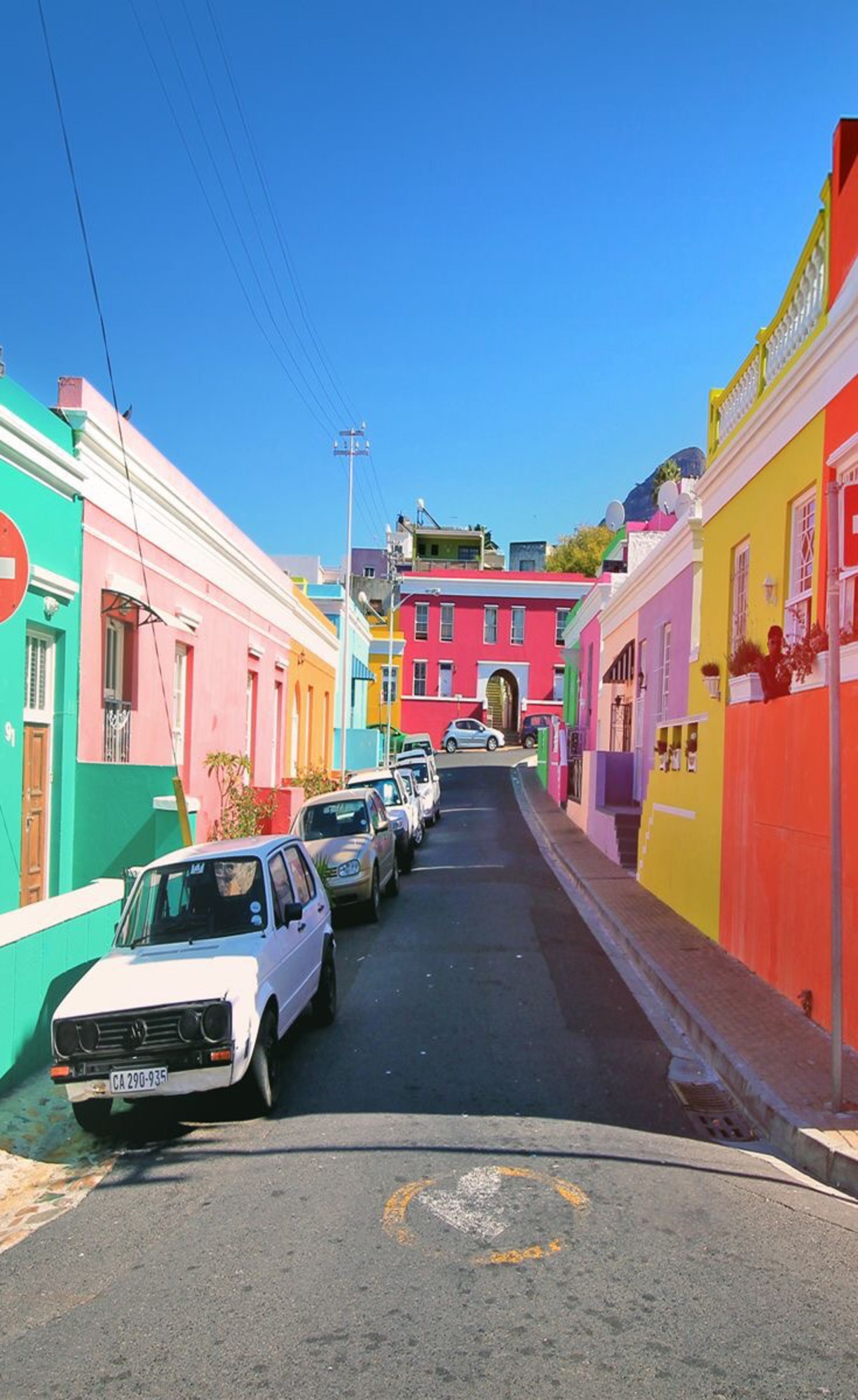
Thankfully, one neighborhood that was spared from apartheid’s wrecking ball, is Bo-Kaap. Despite decades of racial segregation, traditional Cape Malay culture proudly continues amid the row houses and cobbled streets of this incredibly colorful hillside suburb.
The city’s downtown streets
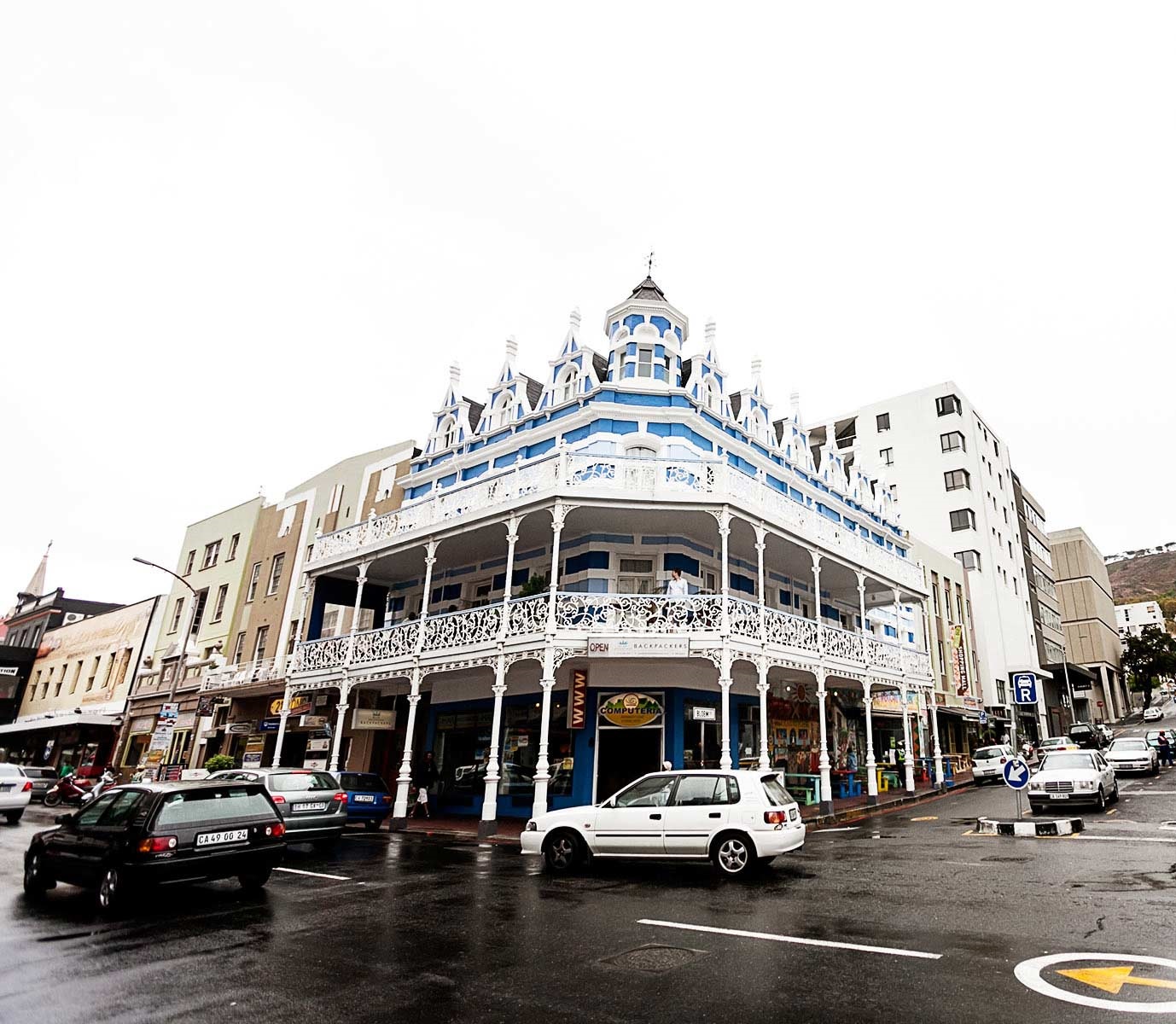
Post-apartheid South Africa is often called The Rainbow Nation, and like a pot of gold at the end of that rainbow, diversity, transformation, and creativity shines out from the city’s downtown streets, from its businesses, from its very walls.
Truth coffee shop
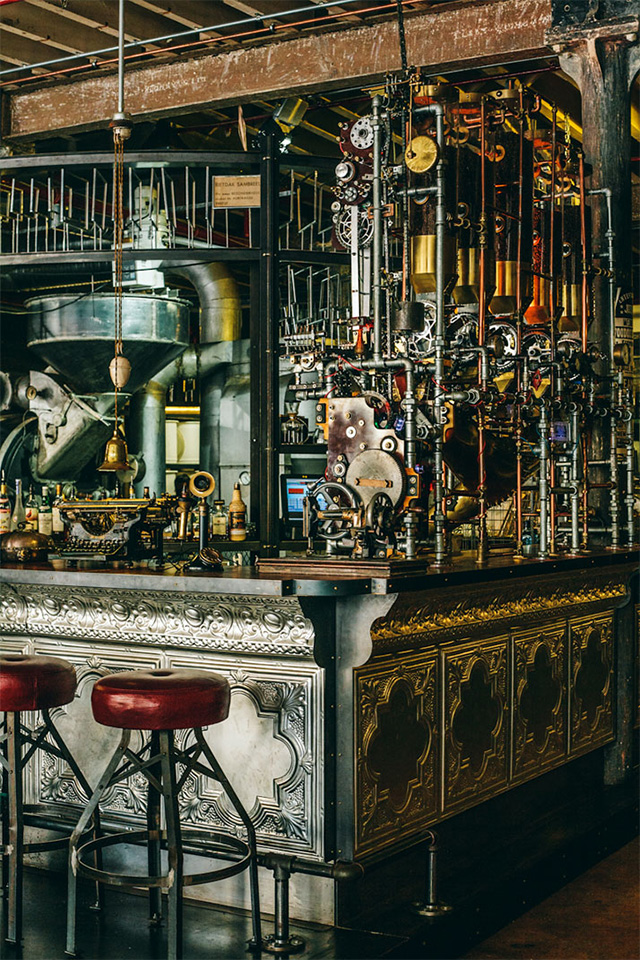
If you’re passionate about coffee, stop by for an espresso, or maybe two, at Truth, a steampunk coffee shop that welcomes devotees from all over the world.
Once you’ve had your caffeine fix, wander along Long Street, where elegant Victorian architecture, fashion, and food collide, creating one of The Mother City’s buzziest streets.
When the coffee wears off, sit on a balcony with an ice-cold beer and watch the world slip by below.
The Victoria and Alfred Waterfront

The spirit of rejuvenation continues at the Victoria and Alfred Waterfront. At South Africa’s oldest working harbor, spend the day exploring attractions, such as Two Oceans Aquarium.
The Two Oceans Aquarium
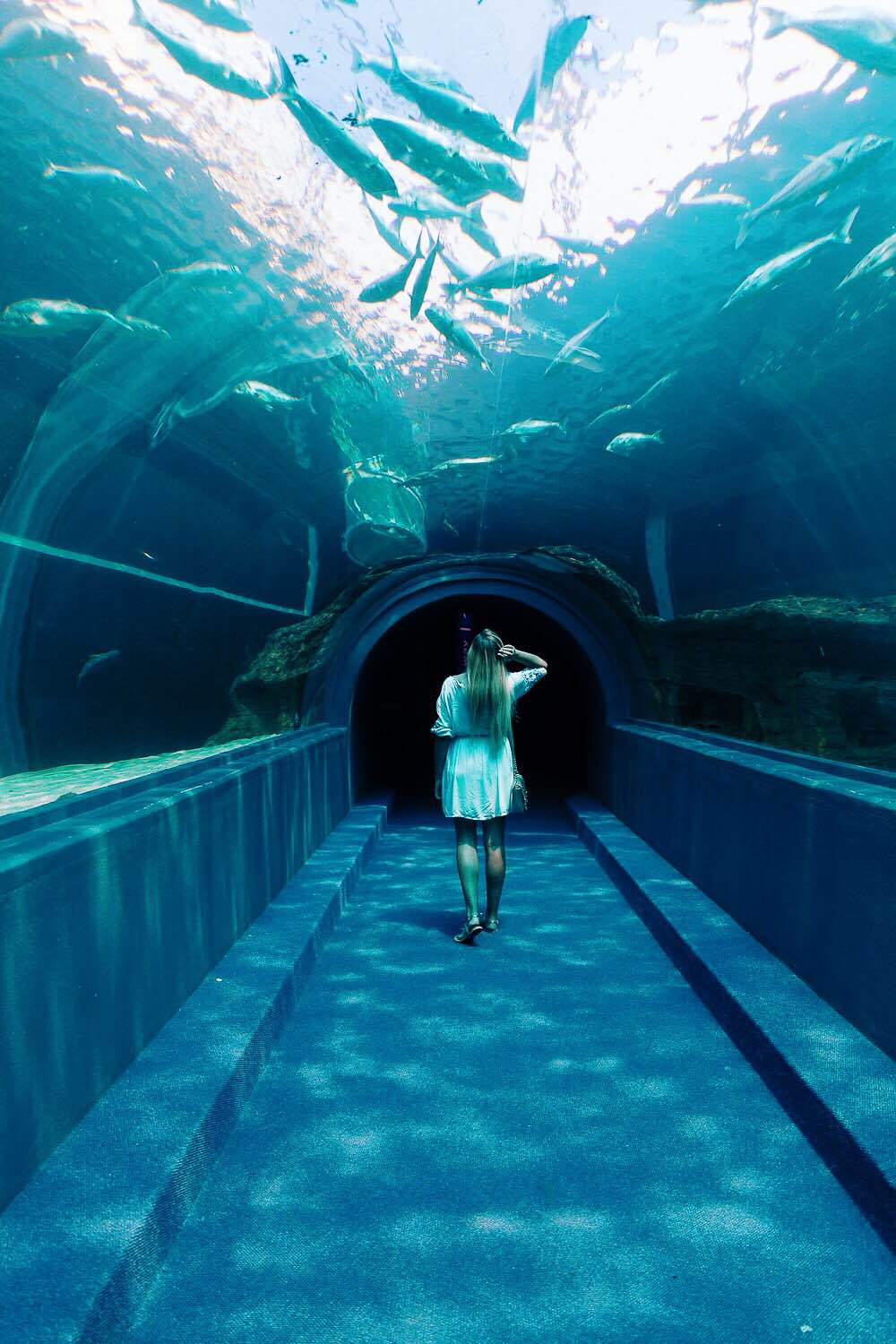
The Two Oceans Aquarium celebrates life beneath the waves of both the Atlantic and Indian Oceans.
Robben Island
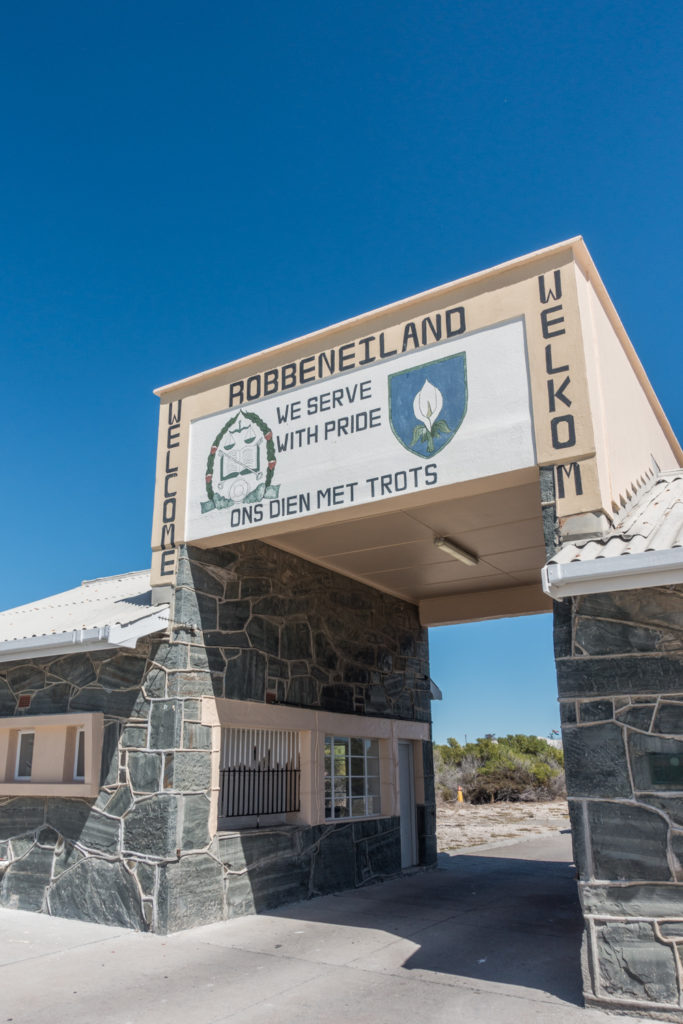
The waterfront is also the gateway to one of the world’s most infamous prisons, Robben Island. Journey across the waters of Table Bay to experience the damp prison walls and windswept yards, and to listen to stories told by former inmates.
For three centuries this was a place of exile, largely unknown by the outside world, until 1964 when the anti-apartheid revolutionary, Nelson Mandela was imprisoned here for 18 years.
A visit here is a reminder of just how far South Africa has traveled on the long road to freedom. Mandela would one day rise, to become more than South Africa’s first black president…he became the father of the nation and inspired countless millions around the world.
Table Mountain
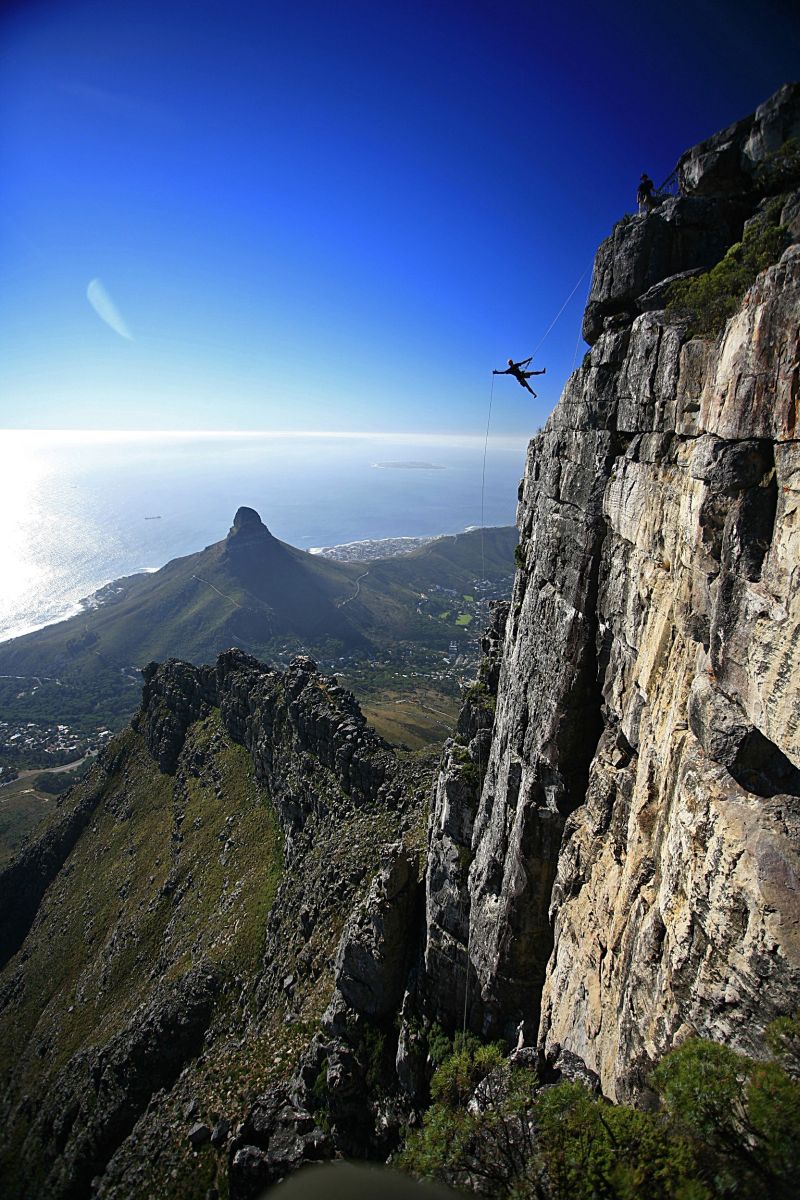
Mandela once said that it was the presence of Table Mountain, across those four miles of water, that inspired him throughout his long years on Robben Island. Wherever you are on the Cape, Table Mountain is there, a beloved landmark that helps locals and visitors alike to find their way.
Kirstenbosch Botanical Gardens
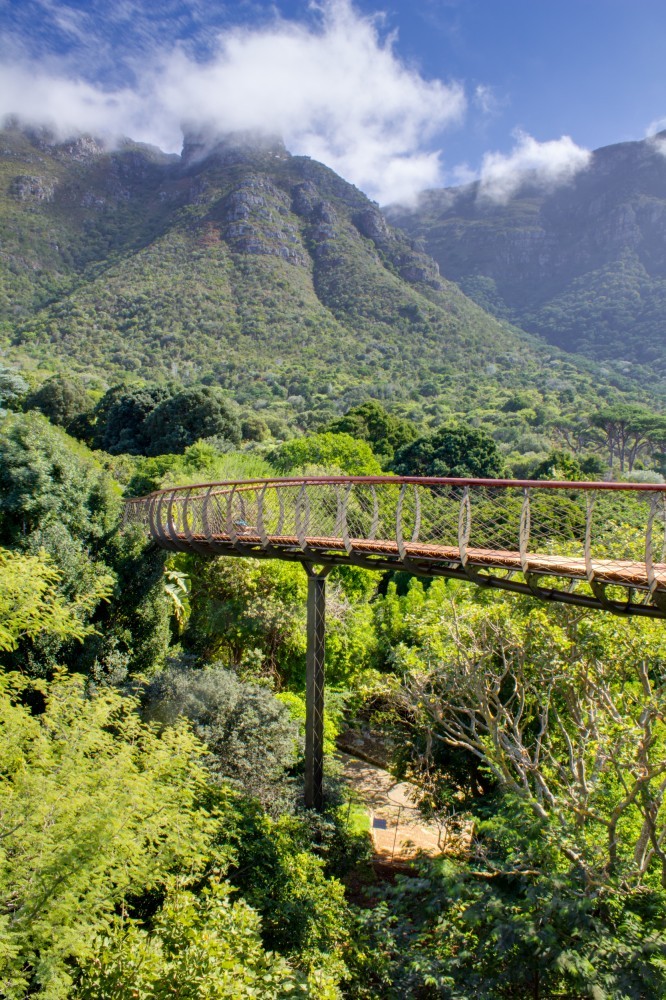
The closer you get to the mists of Table Mountain, the more its spirit can be felt. At Kirstenbosch Botanical Gardens, gaze up at the mountain’s eastern face, then explore South Africa’s many biomes and the Boomslang walkway which snakes its way through the arboretum canopy.
The viewing area of Table Mountain

From the gardens, take one of the walking trails up the mountain, or climb aboard the Cableway for the spectacular ride to the viewing area. From here, take in the views of Signal Hill, Devil’s Peak, and Lions Head, all the way out to Robben Island and beyond.
Milton Beach

Cape Town is one of the world’s great beach cities, with countless beaches, bays and seaside communities, each with its own unique vibe. From Green Point, the site of Cape Town’s futuristic stadium, head down the western coast of the Cape Peninsula to one incredible beach after another.
Starting at the city center, the wide promenade of Milton Beach is a great place to stretch your legs.
Clifton
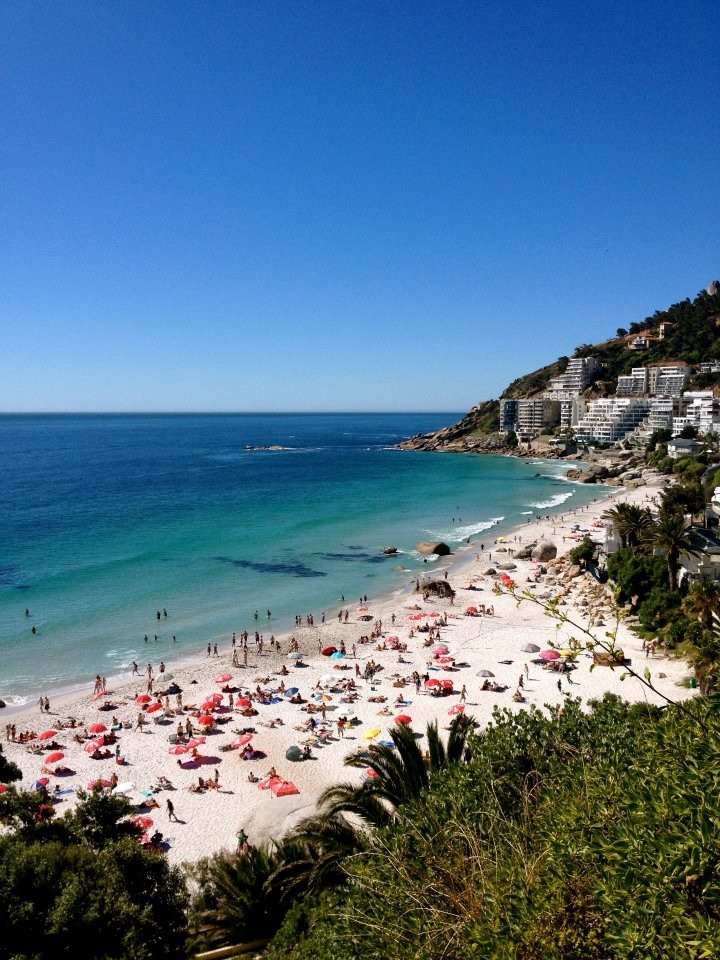
A little further south in Clifton, some of the country’s most expensive homes spill down from the peninsula to the four beaches below, each one separated by falls of granite boulders which offer great shelter on windy days.
While a house at Clifton will set you back millions, the views of the sparkling Atlantic, Lions Head, and The Twelve Apostles are just as they’ve always been, free.
Camps Bay Beach
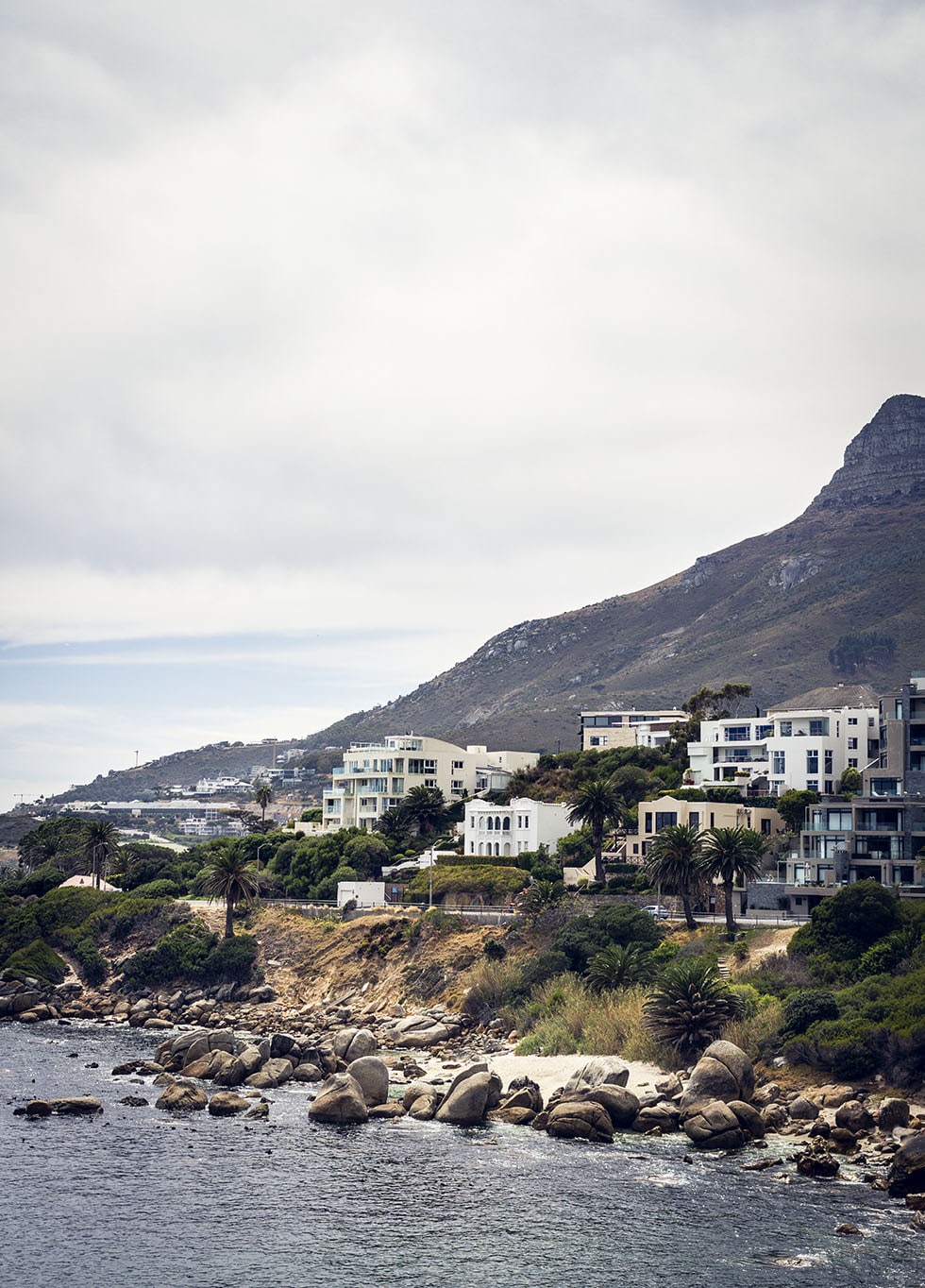
At neighboring Camps Bay Beach the St Tropez theme continues. Just a 5-minute drive from the center of Cape Town, enjoy fine white sands, a tranquil tidal pool and your pick of over 20 restaurants and cafés.
Llandudno Beach

Six miles down the coast, things mellow out even more, at Llandudno Beach. Pull on a wetsuit and enjoy the waves, or just explore the massive granite boulders.
Life is simple here, there’s no street lights, no restaurants, and not a single shop.
The fishing village of Hout Bay
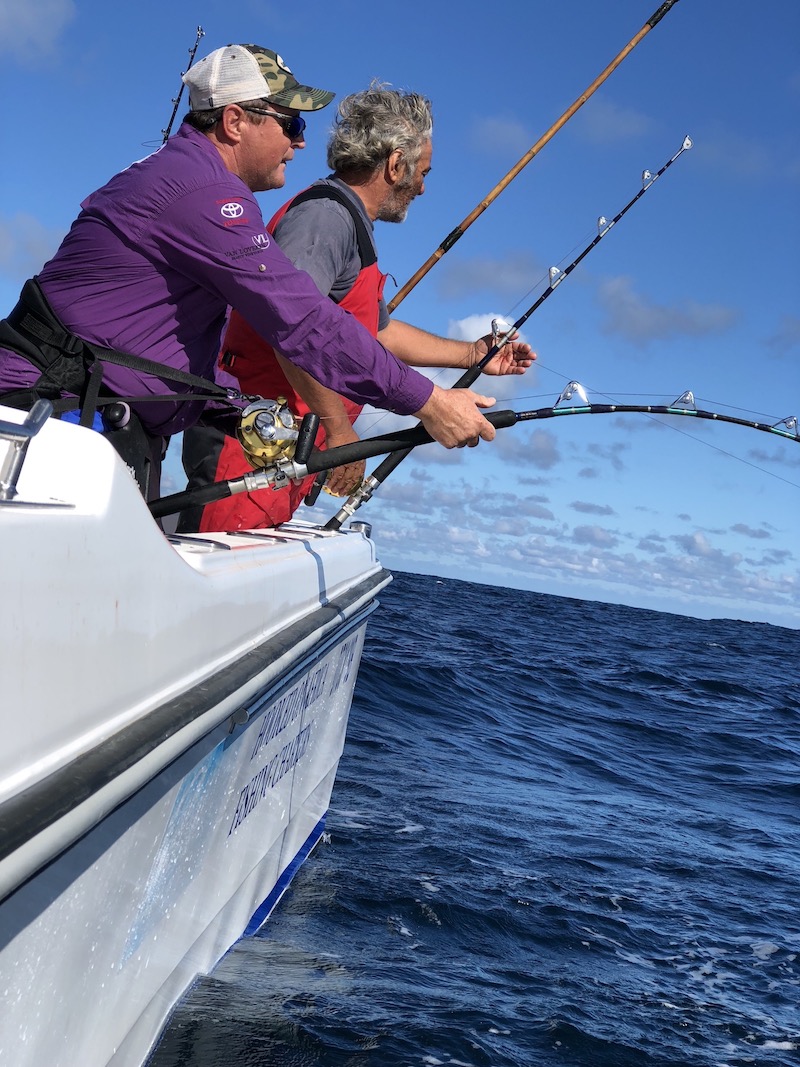
When your belly starts to grumble, pop around the headland to the fishing village of Hout Bay. Cool off with a craft beer, see what’s cooking at the markets, then hang out with locals down by the tuna and crayfish boats.
False Bay
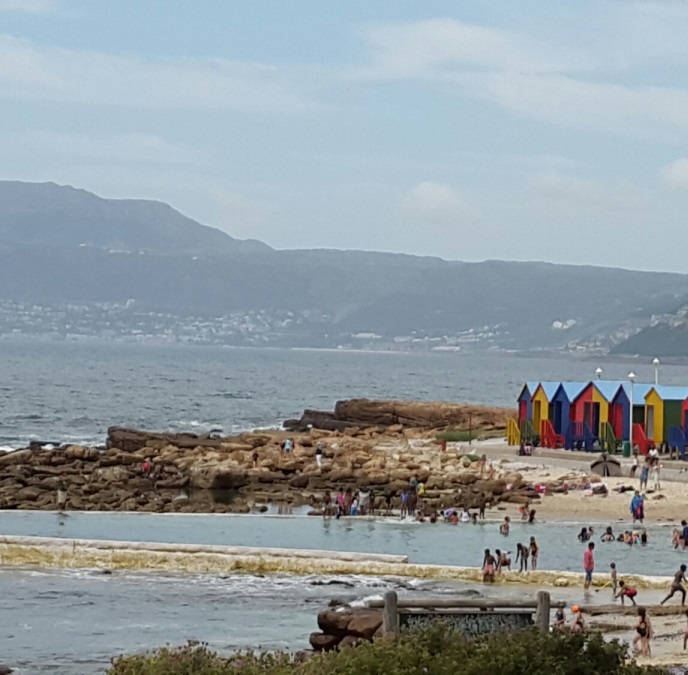
Once you’ve explored the peninsula’s western coastline, the eastern side awaits.
Welcome to False Bay, where the waters are warmer, and the never-ending sweep of beaches and scenic seaports continues.
St. George’s Street
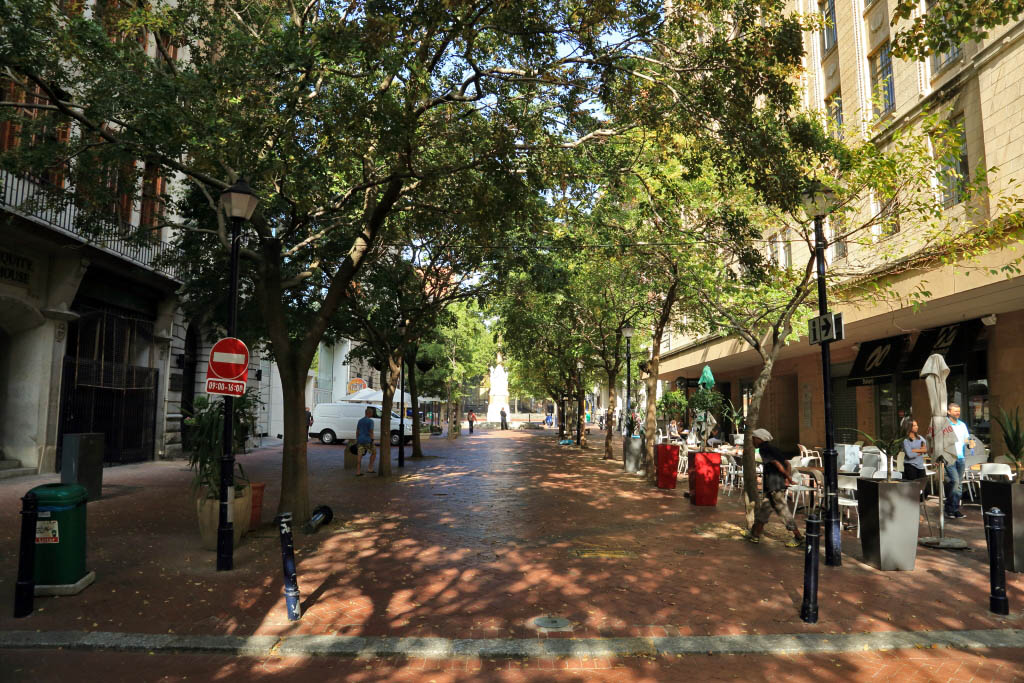
At the naval port of Simon’s Town, head down the “historic mile” of St. George’s Street. Soak up the nautical spirit, say hello to a much-loved sea dog, and explore the alleyways and lacey Victorian buildings along the way.
Simon’s Town

Don’t leave Simon’s Town until you’ve visited Boulders Beach, one of the few places in the world where you can get close to endangered African Penguins.
Kalk Bay

False Bay was once dotted with humble farming and whaling villages, like Fish Hoek.
From here, follow the coastal walk around to Kalk Bay, where writers, musicians, and artists have replaced the whalers and lime burners of yesteryear.
Thankfully, the bay’s fishing boats still put out to sea, ensuring the local restaurants are always well-stocked with the freshest seafood.
St James
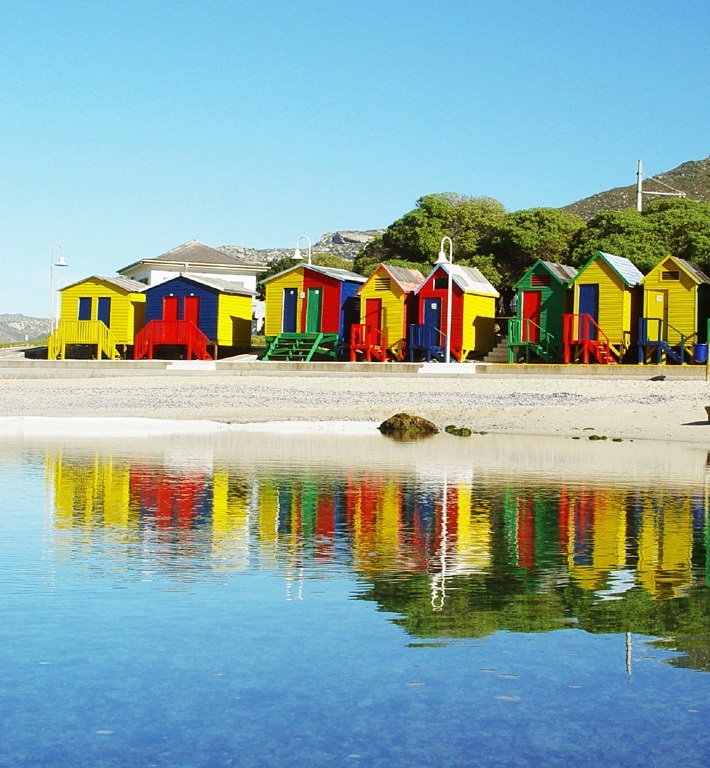
When it comes time to drag yourself away, head to neighboring St James, known for its colorful Victorian bathing boxes and grand old houses which reflect the splendor of the early diamond and gold-mining era.
Muizenberg
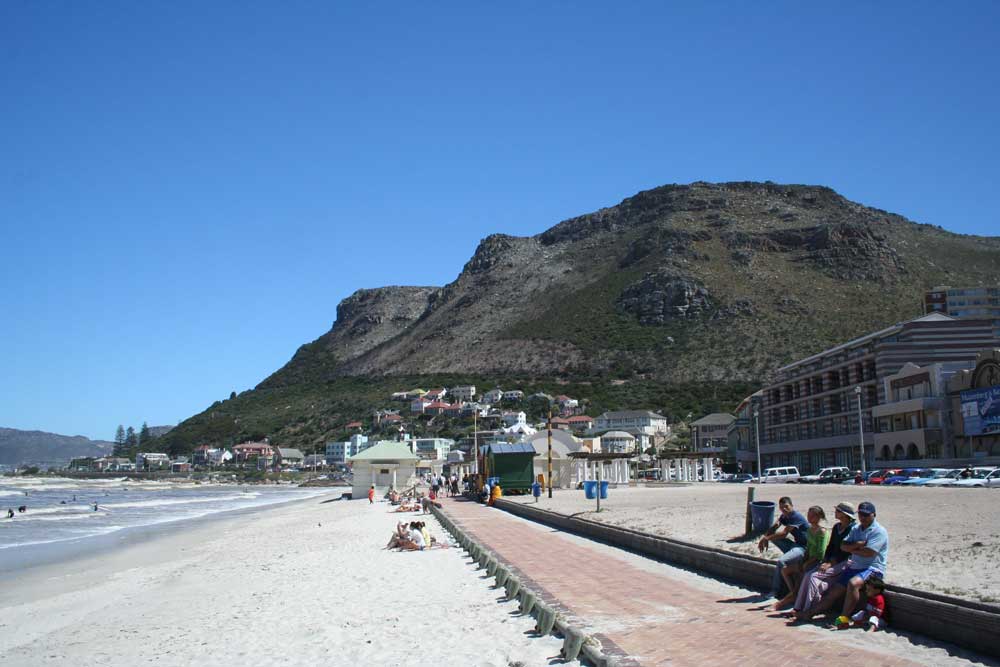
Right next door, the mood changes again, at Muizenberg, home to some of the most laid-back vibes in South Africa. With its warm, shallow water it’s the perfect beach for families.
And if you’ve ever wanted to surf, this is the place to learn!
Muizies

Muizies is, after all, the birthplace of South African surfing. While the beach at Muizies can get packed in summer, you’ll find plenty of cool escapes in the streets of this arty village.
From here, over 12 miles of fine sands stretch all the way around to historic Gordon’s Bay.
Kogel Bay

Just around the corner at Kogel Bay, the only sounds you’ll hear are the pebbles and shells rolling in with the incoming tide.
Cape Town’s riches don’t end with its beaches, it’s also blessed with some of the best wine growing countries in the world.
The suburb of Constantia
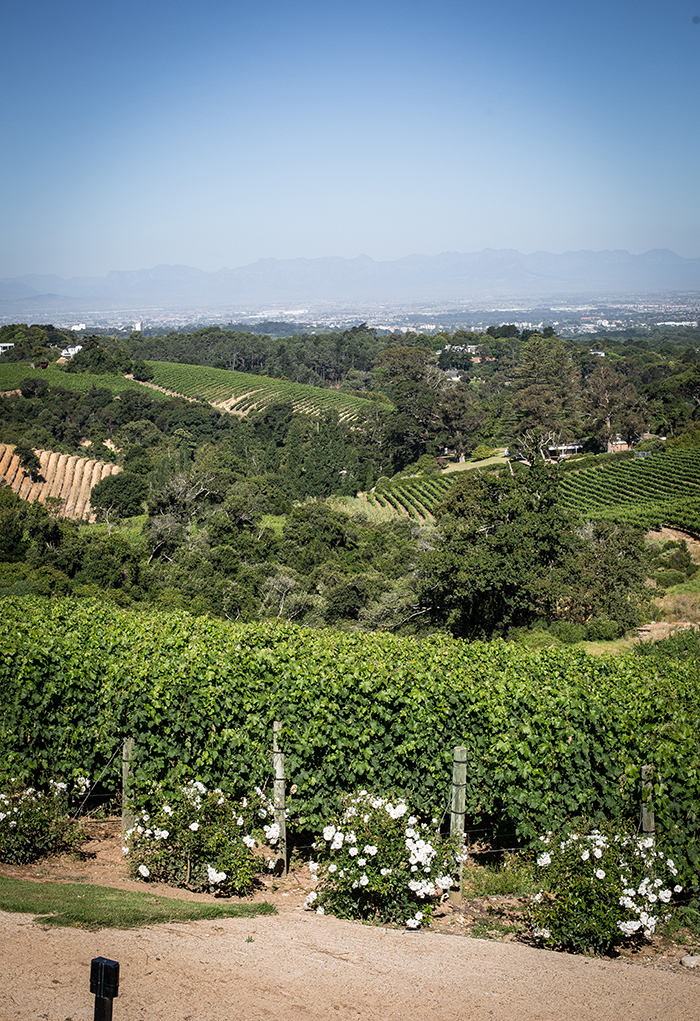
The Cape’s first vines were planted in Company’s Gardens in 1655 to help those passing sailors ward off scurvy. But the roots of the nation’s winemaking industry really took hold just twenty minutes drive away, in the suburb of Constantia.
Wineries in Paarl
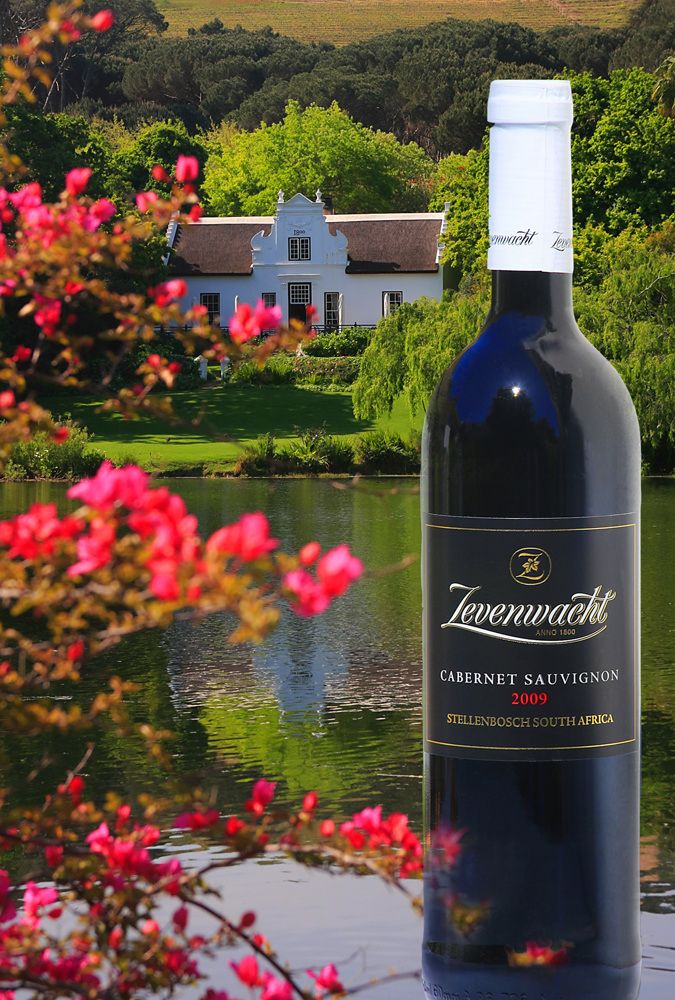
In the late 1600s, hundreds of vines were planted here, along with rows of oaks to shield them from the harsh Cape winds.
From here those vines spread, far beyond Cape Town, into a region now known as The Winelands. Choose from 18 different wine routes centered around historic villages and towns, and discover vast vineyards in settings that will take your breath away.
Many of the estates are characterized by historic Cape Dutch-style manors, as well as restaurants and tasting rooms where you can savor the very essence of this fertile land.
The Taal Monument
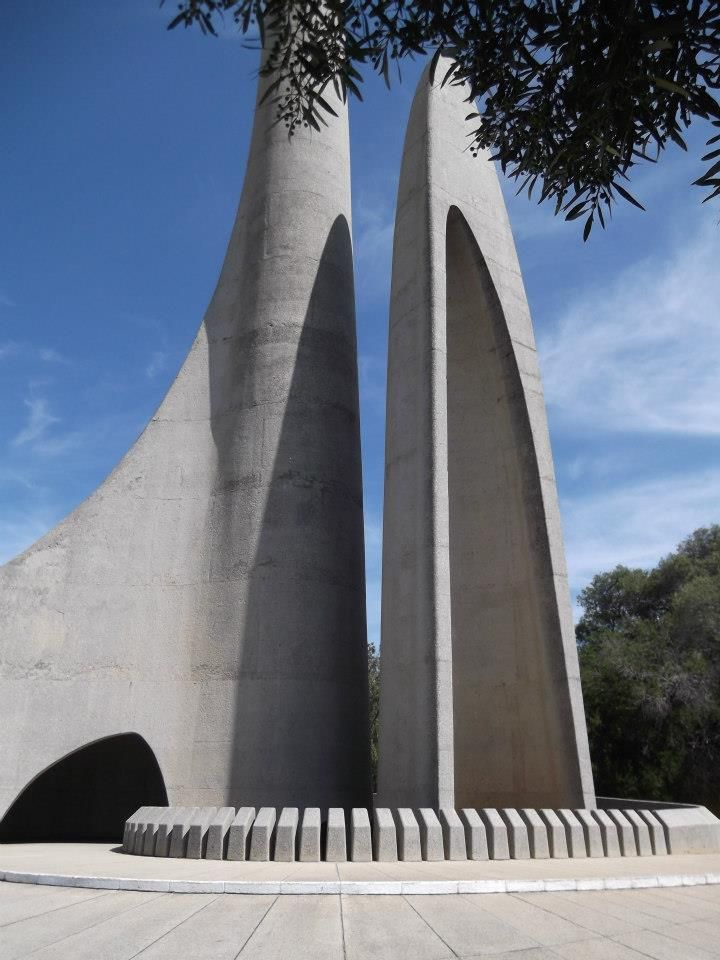
After touring the acclaimed wineries of Paarl, such as Laborie, and Vrede en Lust, explore the streets and architecture of this 300-year-old town.
High above Paarl stands the Taal Monument, which celebrates the Language of Afrikaans, a language that was forbidden during the bitter aftermath of the Anglo-Boer War in 1902.
The Stellenbosch Wine Route
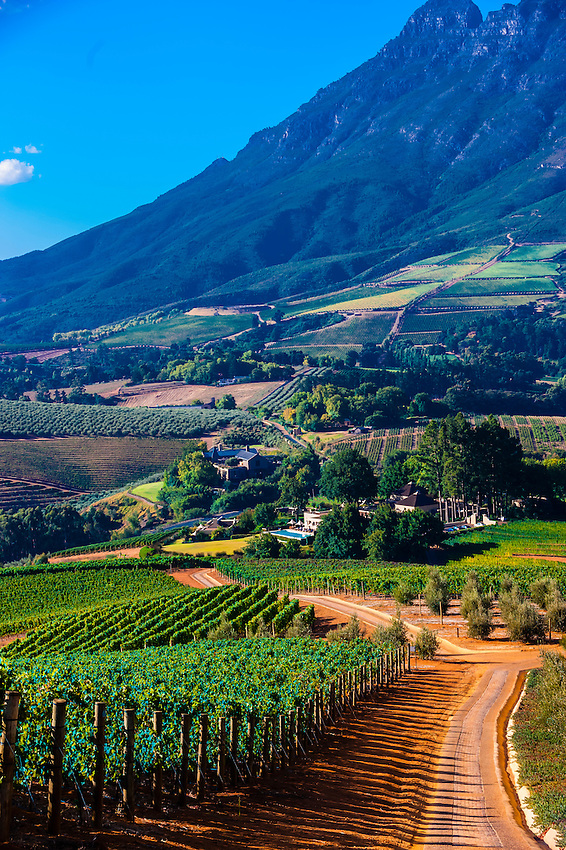
The Stellenbosch Wine Route, South Africa’s oldest, offers more than 150 tasting rooms across 200 vineyards.
At the Waterford Estate take a 2-hour wine safari through the Bordeaux-inspired estate, then taste some of the most exciting new reds in the region.
The Franschhoek Wine Route

Just a 30-minute drive from Stellenbosch and only 50 from Cape Town is perhaps the most beautiful wine route of them all, the Franschhoek Wine Route.
Fleeing religious persecution in 17th century Europe, 200 French Huguenots, came to this valley and created paradise.
Today, Franschhoek is considered the food and wine capital of South Africa. At Boschendal, one of the country’s very first estates, the influence, style and passion of French is everywhere.
It also lingers in the town itself, in the galleries, the museums, and in the memorial, which depicts a female figure casting off the cloak of oppression and gazing towards an optimistic future.
Franschhoek Pass
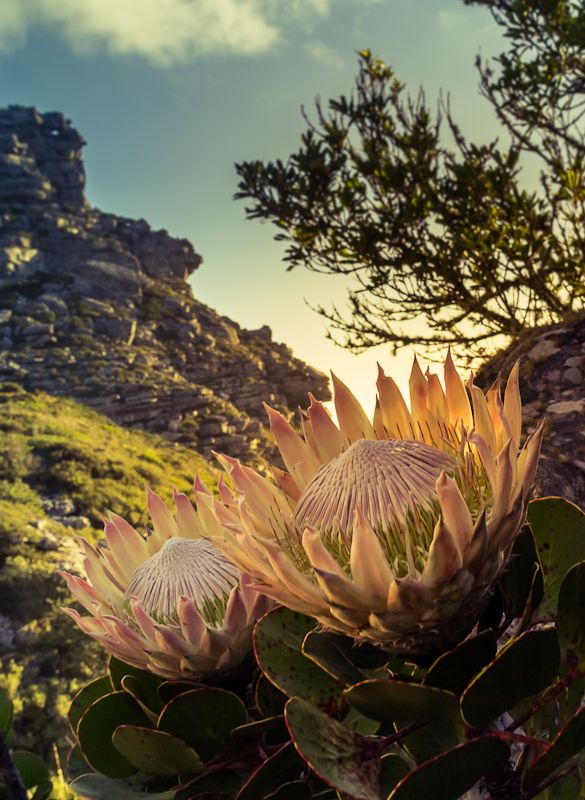
Before you head back to Cape Town, head up Franschhoek Pass, one of the Cape’s most scenic drives.
High in the Mont Rochelle Nature Reserve, soak up the views of the valley below, and wander hillsides filled with proteas, a flower first discovered on the Cape and now cultivated all over the world. In local tradition, the Protea represents transformation, courage, and hope.
Conclusion
Cape Town is a city that shares the same soil, so it’s not surprising that it embodies those same qualities too.
But Cape Town is more than just a single flower, it’s a garden. From it’s earliest days as a resupply station for passing sailors, through the bitter harvests of the Apartheid era, this is a garden where hands of every color have planted seeds of hope, and have held the fruits of freedom.
So come, and savor the colors, hope, and freedom, of Cape Town.
